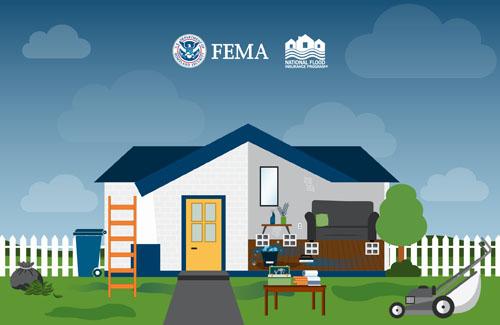Recovering from a flood can feel overwhelming for clients, but following a few steps can simplify the process and facilitate a smoother comeback. Here's a three-step guide to help you assist your clients efficiently.
1. Document All Damage
The first crucial step is to have your clients thoroughly document all the damage.
Encourage clients to take clear, detailed photos and videos of both the inside and outside of their property. They should capture everything—from damaged walls and floors to ruined furniture and other affected areas. These photos and videos are important because they'll be used as evidence for their flood insurance claims.
Stress the importance of documenting the damage before starting any cleanup or repairs to create a complete and accurate record of the damage.
2. File The Flood Insurance Claim ASAP
Once your clients have documented the damage, the next step is to file their insurance claims as soon as possible. You have already helped them to start that process by encouraging them to document damage around their home. Once they've documented items, be sure they discard any items that could be an immediate health risk (such as expired foods or ruined clothing).
Prepare your clients for the road ahead by outlining the numerous steps in the claims process. The steps include:
- Starting a claim
- Preparing for the inspection
- Working with an insurance adjuster
- Documenting loss and receiving payment
- Making repairs
The sooner your clients submit their claims, the faster they'll receive support and assistance.
3. Work Together
As your client's NFIP agent, you're their go-to person for the next steps in their recovery journey. Be ready to answer any questions and help them understand what's coming up. Let them know about any extra paperwork or requirements they might need.
Moving Forward is Easy as 1-2-3
Following these simple steps, you can help your clients effectively navigate their flood recovery. Remind them that you are their resource and support system throughout the process.

